Master / Demand switch NA 16-1P RADIO with dual operating mode | master switch set-up | building biological radio technology according to EnOcean standard | LED control lamp included
The demand switch NA 16-1P radio is the central component of the new master switch series. This mains disconnector is a highly developed hybrid that can be used both as a classic mains disconnector and for manual switching as a master switch.
master switch series
Like all BIOLOGA demand switches, this one also convinces with advanced and pioneering technology. BIOLOGA has managed to combine important building biology features in a very compact design.
Building biology radio technology. Battery-free according to EnOcean standard. High sensitivity for the smallest loads over 1.5 watts (6mA) in automatic mode.
Delivery time: approx. 1-3 business days
In stock
€ 355,81 (€ 299,00 excl. VAT)
MASTER SWITCH SERIES
The NA 16-1P RADIO master switch ist a demand switch from BIOLOGA belongs to the new generation of mains disconnectors. This new master switch series is Smart Home compatible and thus ready for our modern, digital age.
The NA 16-1P radio is convincing both from a building biology and technical point of view with its design of 1 TE. Just as effectively as with all our mains disconnectors, this highly developed demand switch also effectively bans low-frequency electric alternating fields from the room. It is clearly intended for use in regeneration rooms such as bedrooms or meditation rooms.
As a hybrid model, this demand switch contains two modes, the classic automatic mode and a manual mode as part of a master switch system, and is thus technically far superior to all other models in the shop.
NA 16-1P radio in automatic mode
Installed in the fuse box and activated in automatic mode, the NA 16-1P radio keeps an eye on the power demand of the circuit 24 hours a day and disconnects this circuit from the mains as soon as all consumers are switched off. To increase efficiency here, the mains decoupler has a diagnostic circuit to detect permanent consumers.
Furthermore, a self-learning unit is integrated to optimise this disconnection for maximum functionality. This is very convenient and can definitely be called a luxury. The sensitivity of the automatic detection is 1.5 watts and above; if the connected end device is below this level, a base load element is required. These include above all LED lamps, bedside lamps, dimmers, refrigerators with bi-metal switches, water beds and hospital beds with digital control and their own power supply.
NA 16-1P radio in manual master switch mode
If this mode is used, the person – i.e. you yourself – decides when the demand switch should switch. This applies to ON as well as OFF and is done very conveniently via a switch, which is available in two versions; as a wall switch and mobile as a small handy remote control. This manual switch-off at the push of a button has further advantages, because other circuits can be connected to this one demand switch NA 16-1P radio for a common switch-off at the right moment. The risk of the circuit not being switched off due to a forgotten permanent consumer and smart end devices is thus history. Please note that further components are necessary for operation as a master switch, e.g. the remote control or repeater if the spatial distance to the mains decoupler is too great.

Technology of the NA 16-1P radio demand switch at a glance
Thanks to its slim design of 17 mm (half the width of a standard mains disconnector), the demand switch finds its place in almost every distribution board. The operating elements and display elements (touch sensor, multi-colour display – “RGB LED”) make the new mains decoupler generation very easy to operate and are particularly user-friendly. The same applies to the automatic self-learning unit. The convenient function test by means of the supplied mini-check lamp directly in the switched room ensures all-round safe decoupling.
Preferably, one demand switch is installed per circuit/room. Nevertheless, simultaneous decoupling of several circuits is possible under consideration of the maximum rated power. For proper operation with automatic decoupling, all loads must be switched off – in manual operation as a master switch, this is not necessary. In summary, the mains decoupler convinces with these special features:
- Hybrid: automatic or manual switch-off
- Hand-held transmitters do not require batteries
- Building-biologically harmless HF signal only present when the hand-held transmitter is actuated.
- Other modules (e.g. radio-controlled sockets) can be integrated.
- Can also be used with shielded electrical installation (protection class 1 distributor) (see module RP-NA16-KA).
Master switch or demand switch. What is the difference?
Since the invention of the classic mains disconnector, formerly called field disconnector and until a few years ago mains disconnector, the technology has evolved with the market. The basis has always been automatic detection systems, sometimes specialised in special functions, but always on the same functional basis. With the introduction of energy-saving lamps and LED light sources, however, this technological basis has increasingly come under pressure with regard to the automatic detection of the switching on of a device or end user. Base load resistors are an effective way of bridging this problem, but if a bus system or the smart household becomes an issue, the classic mains decoupler comes to an end. And the next generation of mains disconnectors takes over – the master switch.
No, the master switch technology is not new. We are all familiar with it from our visits to hotels with a key card for the room. On the one hand, this key card opens the room door, and on the other hand, it has to be inserted into a reader on the wall inside the room in order to activate the electricity. This is exactly the function of a master switch technology, simply explained. The requirements in one’s own household for this technology are dramatically higher and more complex. It is a matter of flexibility and freedom, and the health aspects of building biology should also be taken into account.

Where automatic systems do not interrupt the power circuit due to small permanent consumers from smart applications, Tiptronic switches or bus systems or do not reactivate it due to low-voltage lighting, with the master switch it is the human being who decides when power is OFF or ON. We are always talking about a single circuit, whereby further circuits can be “added” to the master switch without any problems, as long as the maximum load capacity of the mains disconnector of the master switch system is not exceeded.
To enable this manual switching, either a separate control cable can be laid to the master switch (which is very costly to impossible in an existing building). Or radio technology can be used, which in turn can lead to an increase in electromagnetic radiation within the building. And this is exactly where we come in with our master switch system, which we have developed over many years. We use a radio signal coded according to the EnOcean standard on 868 MHz, which is harmless to building biology. This low frequency has a very good moult penetration and is harmless because the radio signal is only forwarded when the transmitter is activated. The transmitter itself works without batteries and is based on kinetic technology. Pressing the switch briefly generates sufficient electrical voltage to transmit a control signal via radio to the master switch system (= EnOcean functional principle explained simply).
Please note: Within an EMF-shielded room, this EnOcean also reaches its technical limits of functionality. If this is to be combined, i.e. a faraday cage with a master switch, it is essential to obtain building biology advice and discuss the project via our hotline.
Convincing performance of the NA 16-1P radio at a glance
- Demand switch for automatic or manual switching of loads up to 3600 watts, suitable for all types of loads.
- Diagnostic circuit for detection of permanent consumers
- Building-biological radio technology according to EnOcean standard Receiver module
- Short-circuit-proof and overvoltage-proof according to IEC
- Very robust device with 2-year warranty
- Incl. LED indicator light for function monitoring directly in the switched circuit/room.
An active mains cut-off switch is the basis for any electro-biological renovation of a bedroom and serves to protect and relax people. Modern man is literally “under power”, as we have successfully managed to electrify our lives. However, not with the natural direct current but with the unnatural and therefore very stressful 220 volt alternating current at 16 ampere current strength. Since the entire communication in the body (from the brain to the cell) also functions electrically, this low-frequency electric alternating field clearly disturbs essential functions in the human organism. The associated symptoms are dramatic and belong to the common or civilisation diseases.
Note: If this future-proof “master switch” is not absolutely necessary, it is also worth taking a look at the technological brother NA 16-2P standard mains decoupler with two-phase disconnection. All available mains disconnectors can be found in the category demand switch.
MASTER SWITCH SERIES
Overview of the range and parts of our master switch series
Master switch
GENERAL TOPICS ON THE USE OF DEMAND SWITCHES
Switching off the correct, load-bearing circuits is a prerequisite!
Only when all influencing circuits have been found, the installation of a demand switch is sensible and effective. Proceeding here only according to the circuit diagram is a big mistake. Without checking the walls and searching for the cause, only the electrical circuit of the room will be disconnected and thus usually miss the target.
Each wall has two sides and the alternating electric field always radiates in all directions, up to 2 meters. If this is not taken into account, the mains isolator is installed technically correctly by the electrician, but does not achieve the desired result – this is the case in 95% of households with an active mains isolator.

Checking the mains cut-off is essential!
Our experience shows time and again a problem in connection with the control of the actual grid disconnection. Very often we experience patient situations in which the built-in demand switches are broken or have even NEVER switched on. A simple and effective check of the actual disconnection is therefore essential.
With the LED control lamp included in the set, plugged into the room with the switched power circuit, this possibility is created. Only when this lamp goes out does the mains cut-off function work and this only happens when there is no more power consumption, i.e. when all power has been switched off. So check appliances with standby, clock radios and lamps with power cord and yes, sometimes it is also the electric toothbrush in the bathroom.
Important note: Many appliances are permanent consumers, without standby. Check the position of the on/off switch. If it is between the power plug and the transformer, the disconnection from the power works. However, if the on/off switch is mounted after the transformer (mains plug > transformer > switch > unit), disconnection is not possible due to the constant consumption by the transformer. In this case, the only solution is to replace the cable or a socket strip.
Demand switch, energy saving lamps and LED – a problem of the base load!
Don’t be surprised if the energy-saving lamp and LED lighting no longer switch on when a demand switch is installed. The reason for this is the low current needed to “ignite” the energy saving lamp and LED. This switching on may not be registered by the mains disconnection switch alone and the room will remain dark. It may therefore be necessary to help the mains disconnector to “reach under the arms”, i.e. to help it.
For this case, a base load element is available in the shop, which contributes to increasing the base resistance. This ensures that the ignition process of the lamp requires sufficient current, so that the mains cut-off switch registers this. The same applies to LED lamps up to 4 watts. Luminaires of 1.5 watt (6mA) or more are automatically registered by the mains cut-off switch even without an additional base load resistor. Think of this as a safety net to ensure that the disconnection works in any case.
The power consumption does not increase due to the load resistance. There is no temperature problem as the load resistor only becomes approx. hand warm for a few seconds (during the switch-on process).
One load resistor is required per on/off switch on the wall, unless the load resistor is installed directly at the consumer.
Alternative to demand switch: Shielded cables or shielding materials
With shielded power cables the general problem of alternating electric fields does not arise at all. However, the possibility of this is usually only possible in the case of large-scale renovation or house construction. The subsequent replacement of electrical cables is usually much more complex and also very expensive. An effective alternative to shielded electrical cables are shielding materials. This can also be used to prevent alternating electric fields of the current from being generated within the room or reaching into the room.
Attention to metal in bed – an essential factor
The mattress, duvet cover and bed linen must be taken into account in case of electrical fields. Especially when using spring mattresses or bed pads with silver threads, people literally draw electricity into bed. It is the wrong way to invest in a mains cut-off switch and at the same time sleep on a mattress or bed cover with silver threads, which in turn can effectively attract electrosmog as a powerful antenna!
Documentation (.pdf)
Technical data Installation instruction and manual EU declaration of conformity| Weight | 0,2 kg |
|---|---|
| Dimensions | 9 × 1,7 × 6 cm |
| Scope of delivery | installation instructions, wiring diagram, Demand switch, LED control light |
| Color | light grey |
| Brand | |
| Country of origin | Germany |
| TECHNICAL DETAILS | DEMAND SWITCH NA 16-1P RADIO |
| Colour | light grey |
| Length | 90 mm |
| Width | 17 mm ≈ 1TE (One pitch unit) |
| Division units | 1 TE / 17 mm |
| Height | 60 mm |
| Switch-off | 1-pole |
| Mechanical life | approx. 100,000 switching cycles |
| Electrical life | approx. 100,000 switching cycles (at max. resistive load 16A) |
| Operating voltage | 230 VAC |
| Load | 16 A continuous load 3680VA (resistive load max) |
| Direct test voltage | 200 VDC (unstabilised) [Automatic mode]. none [radio mode] |
| Energy consumption | <1.2 watts (1200 milliwatts) |
| Remaining ripple | approx. 0.1 volt [automatic mode] none [radio mode] |
| Off delay | approx. 4 sec. [Automatic mode] none [radio mode] |
| Sensitivity | Consumption from 1.5 watts [Automatic mode]. none [radio mode] |
| Switch-on delay | approx. 0.1 sec [automatic mode]. none [radio mode] |
| Radio mode | enOcean 868 MHz |
| Range | >30 metres (free field) |
| Optical display | RGB LED (red-green) |
| CE conformity | (73/23/EEC-Low Voltage Directive 89/336/EEC-EMC Directive) EN 60730 EN 50081 EN 50082 (IEC/1000-6-1) |
| Mounting | Support rail/top-hat rail according to DIN 55022 in the electrical distribution board or wall mounting using the mounting plate |
| Testing basis | (surge-proof according to IEC-1000-4-4 [Burst]) IEC-1000-4-5 [Surge]
DIN EN 61000-4-2/A1 DIN EN 61000-4-3 to 6 DIN EN 61000-4-11 Reg.No. DAR TTI-P-G115/97-10 |
| Height on rail | 55 mm |
| Nominal current | 16 A |
| Important information | The mains disconnector automatically or manually [radio mode] disconnects the 230 volt mains voltage (AC voltage) of the monitored power circuit, in automatic mode when the last consumer is switched off, in radio mode immediately. If the mains voltage is needed again, the unit automatically reconnects it in automatic mode; in radio mode, the hand-held or wall-mounted transmitter must be operated. Please note that this also applies to the use for several rooms or circuits. |
| Scope of delivery | 1. switchgear (1pce.) [installation in the electrical distribution board]. 2. pilot lamp KO-L-NA (1pce.) [for earthed socket]. 3. installation instructions / wiring diagrams CAUTION: Hand-held or wall-mounted transmitters, repeaters or antennas are not supplied and must be ordered separately. |
| Application | everywhere |
| Other notes | For operation in automatic mode with devices <1.5 Watt, a basic load element GLW-Standard or GLW-Plus is required. Permanent consumers such as televisions and computers must be disconnected from the mains e.g. with the help of a two-pole disconnectable socket strip (STL4, U-Steck). In radio mode, the additional parts mentioned above are not required. The installation is exclusively reserved for a qualified electrician! |
| Suitable for the following consumers | LED bulbs (from 1.5 Watt) [automatic mode]. Compact fluorescent lamps (energy-saving lamp) [automatic mode]. Conventional light sources (high-voltage halogen, G9, incandescent lamps) [automatic mode]. Switchable dimmers, refrigerators with bi-metal switch, water and hospital beds with digital control and own power supply [Automatic mode]. All [radio mode] |
| Warranty | The warranty for this product when handled properly is the usual 2 years (§434 BGB + §446 BGB) |
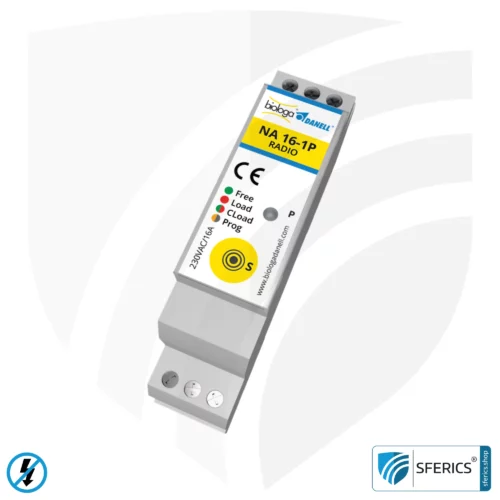 Master / Demand switch NA 16-1P RADIO with dual operating mode | master switch set-up | building biological radio technology according to EnOcean standard | LED control lamp included
Master / Demand switch NA 16-1P RADIO with dual operating mode | master switch set-up | building biological radio technology according to EnOcean standard | LED control lamp included
You may also like…
Connecting cable
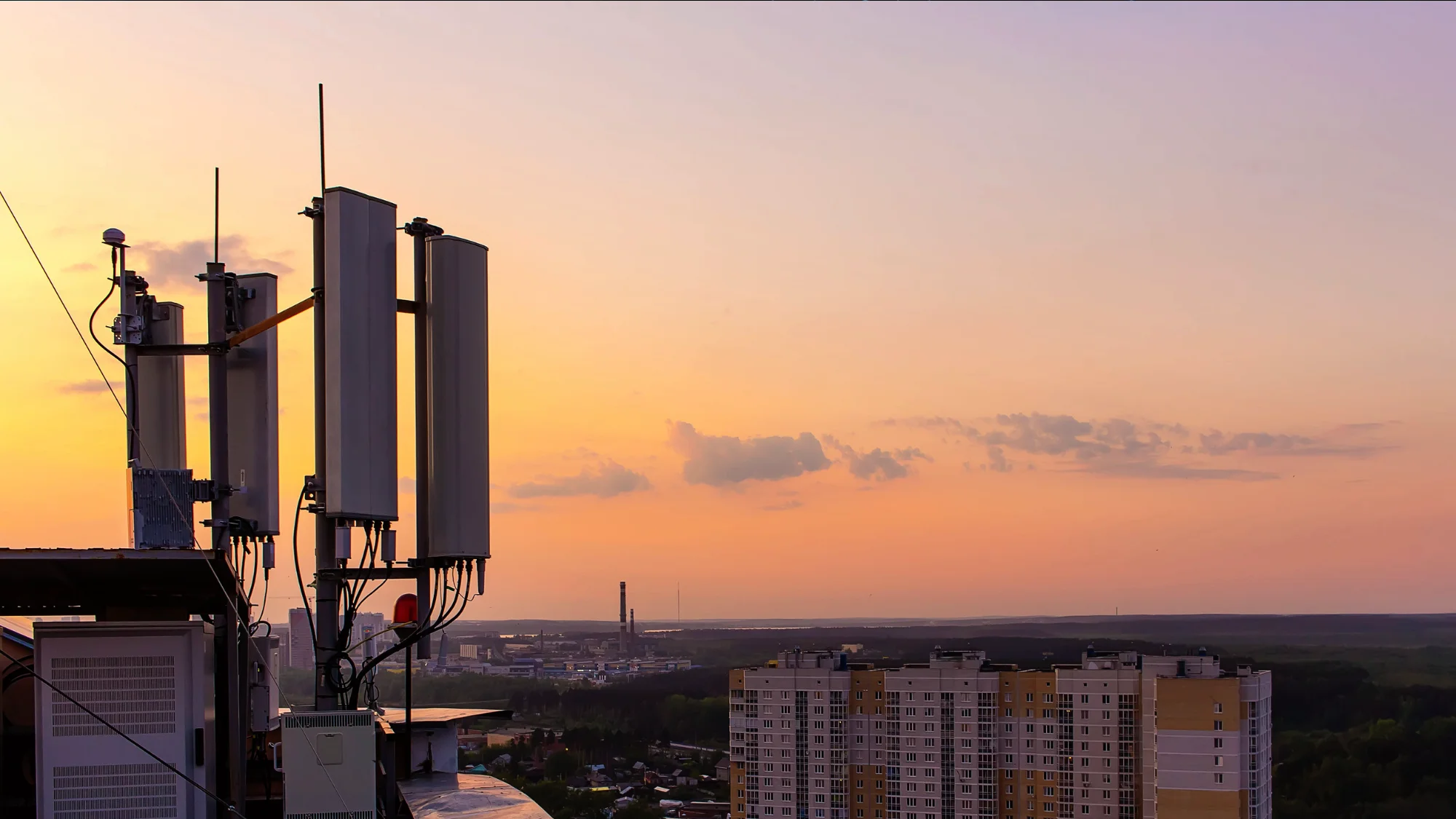
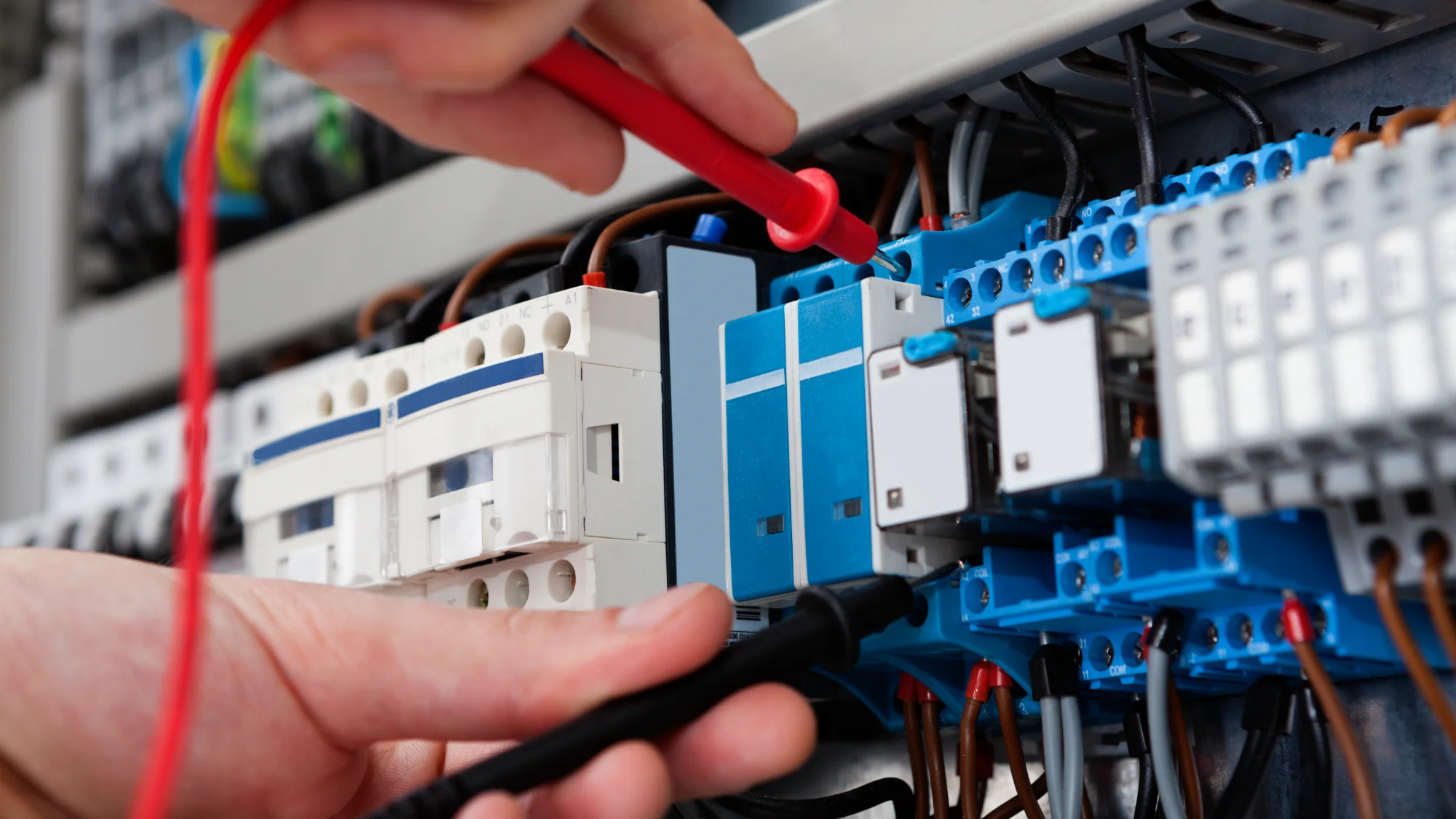

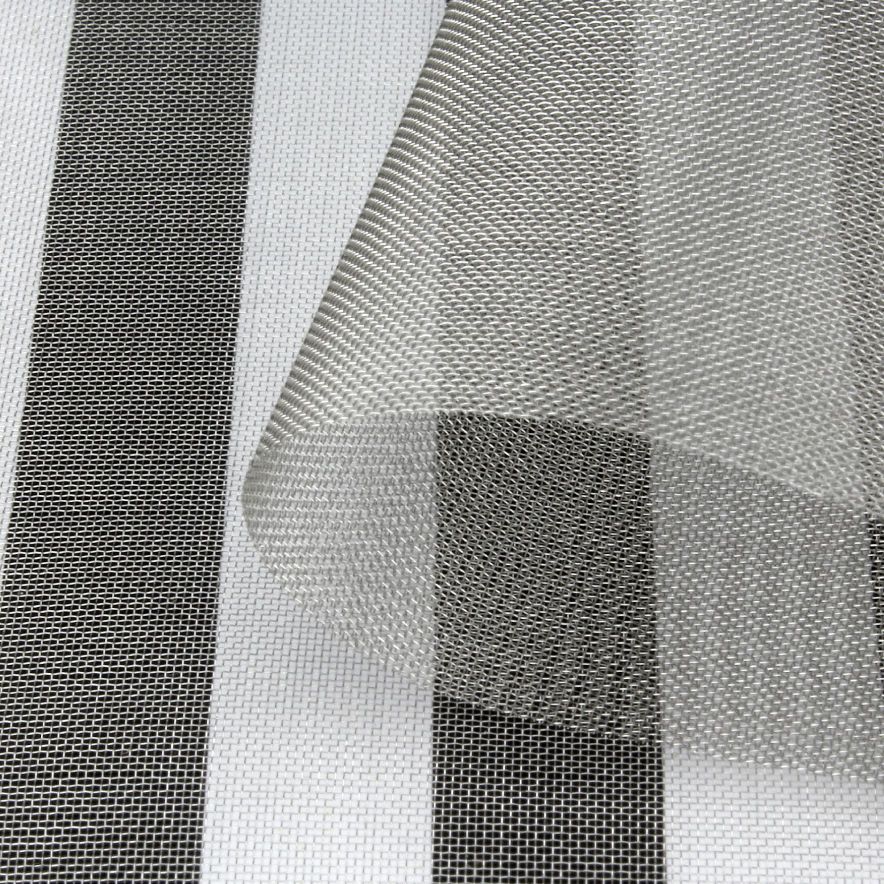

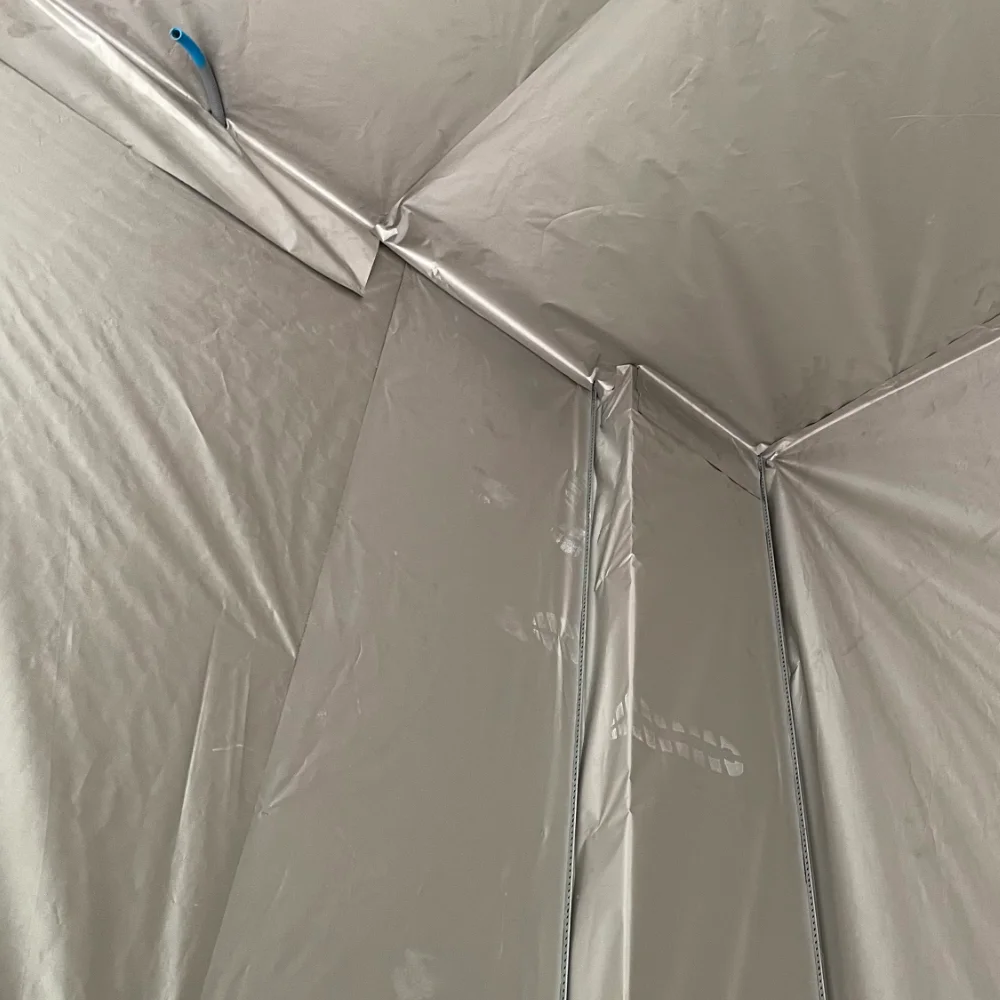


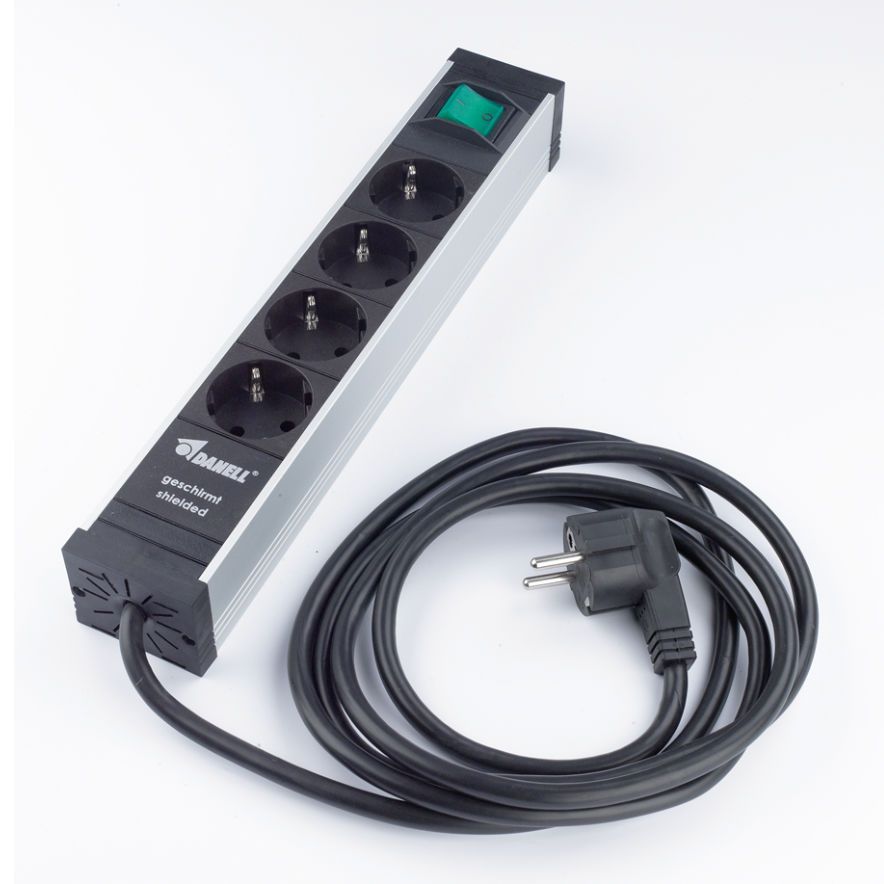

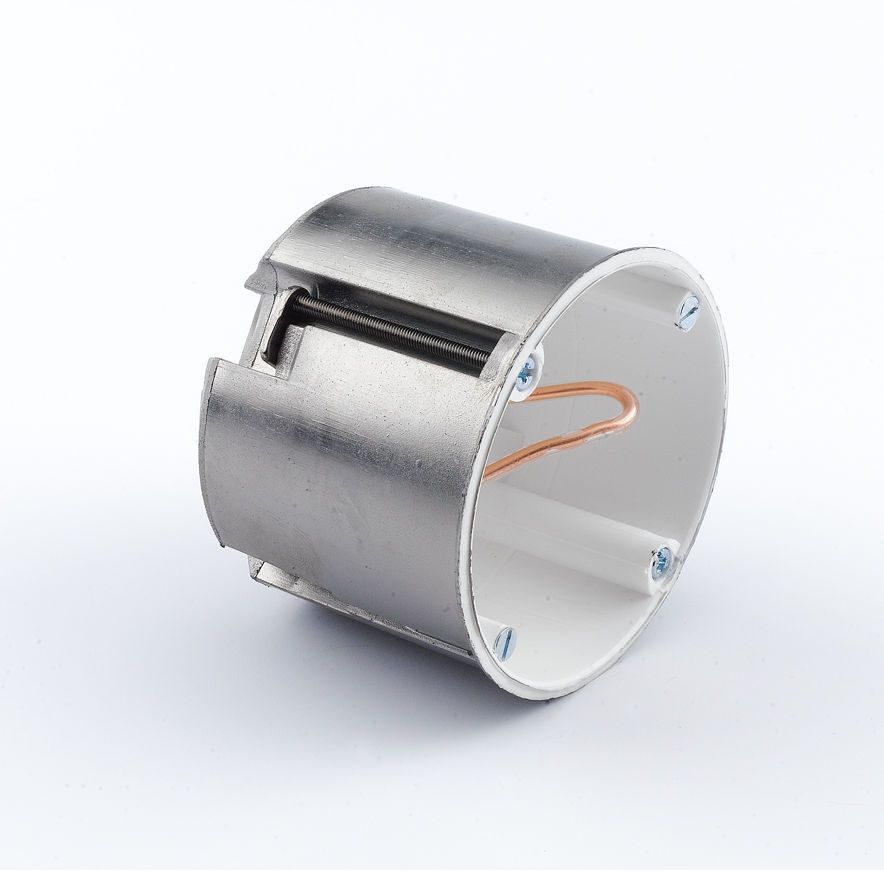



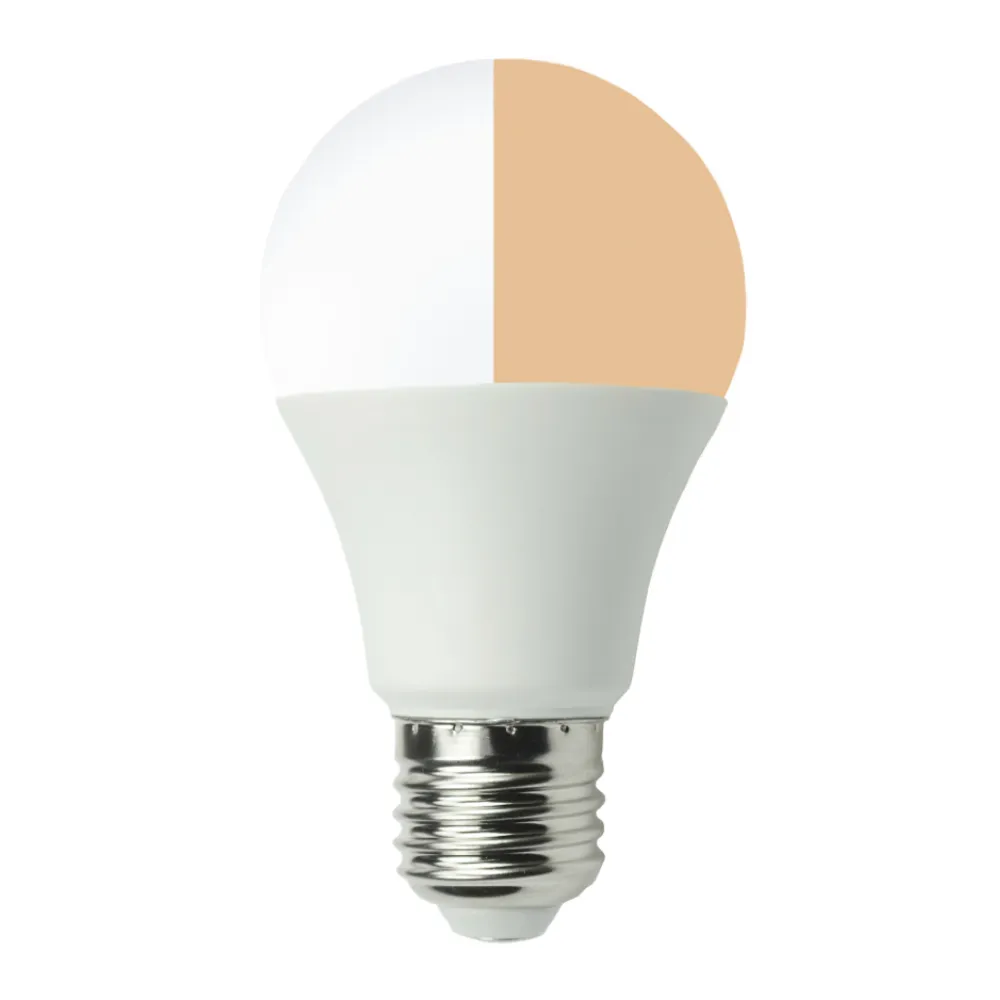
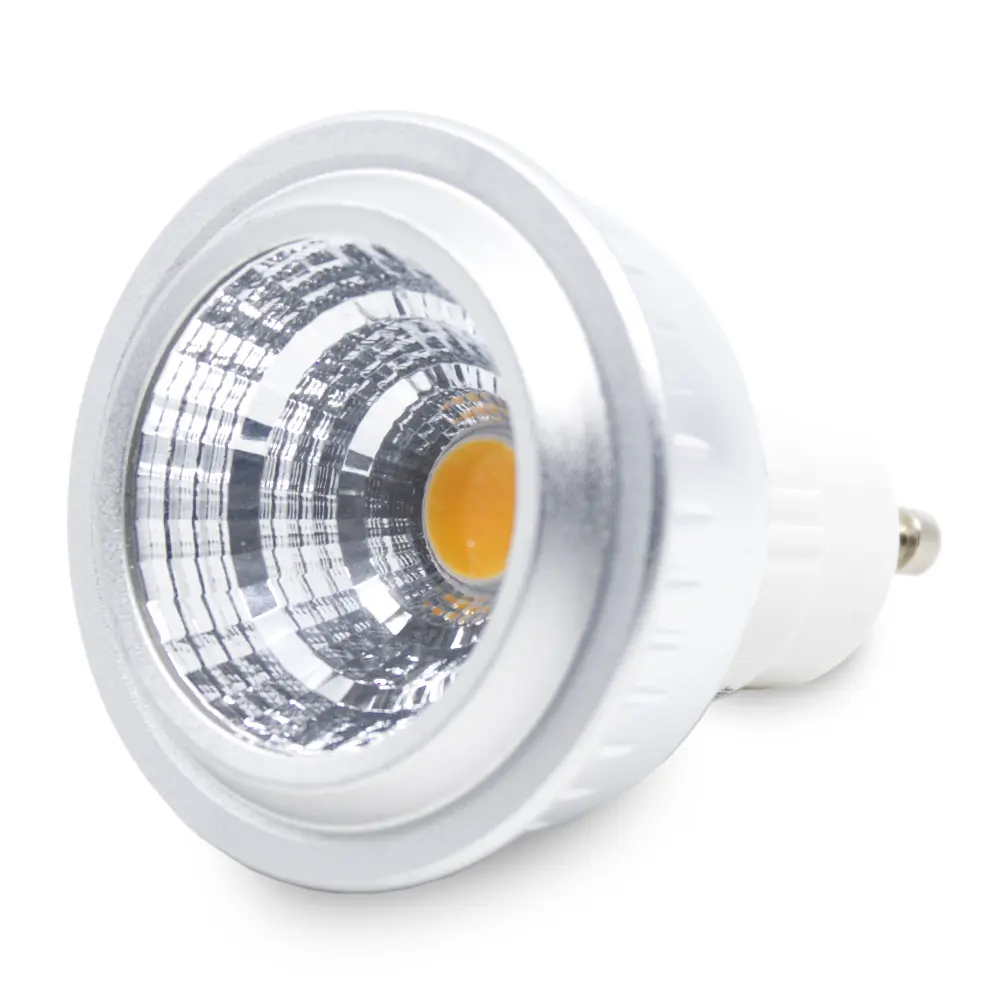
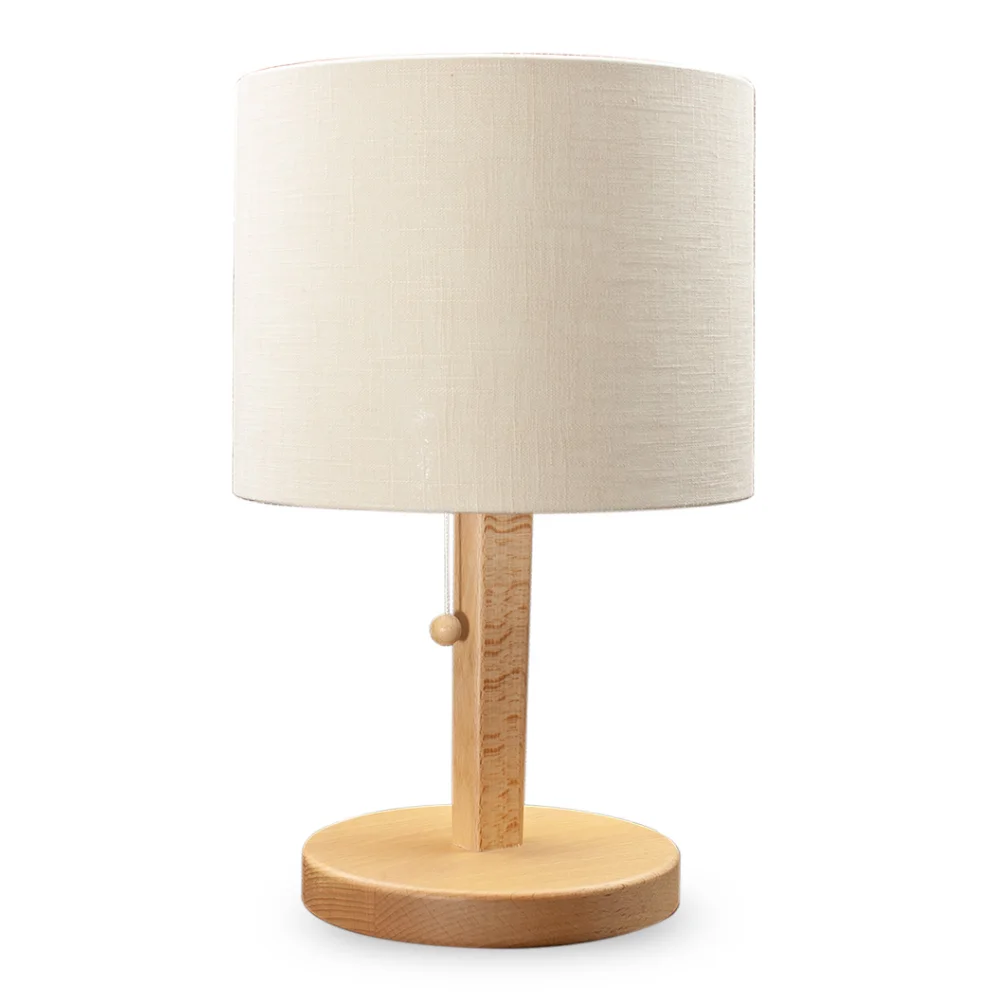

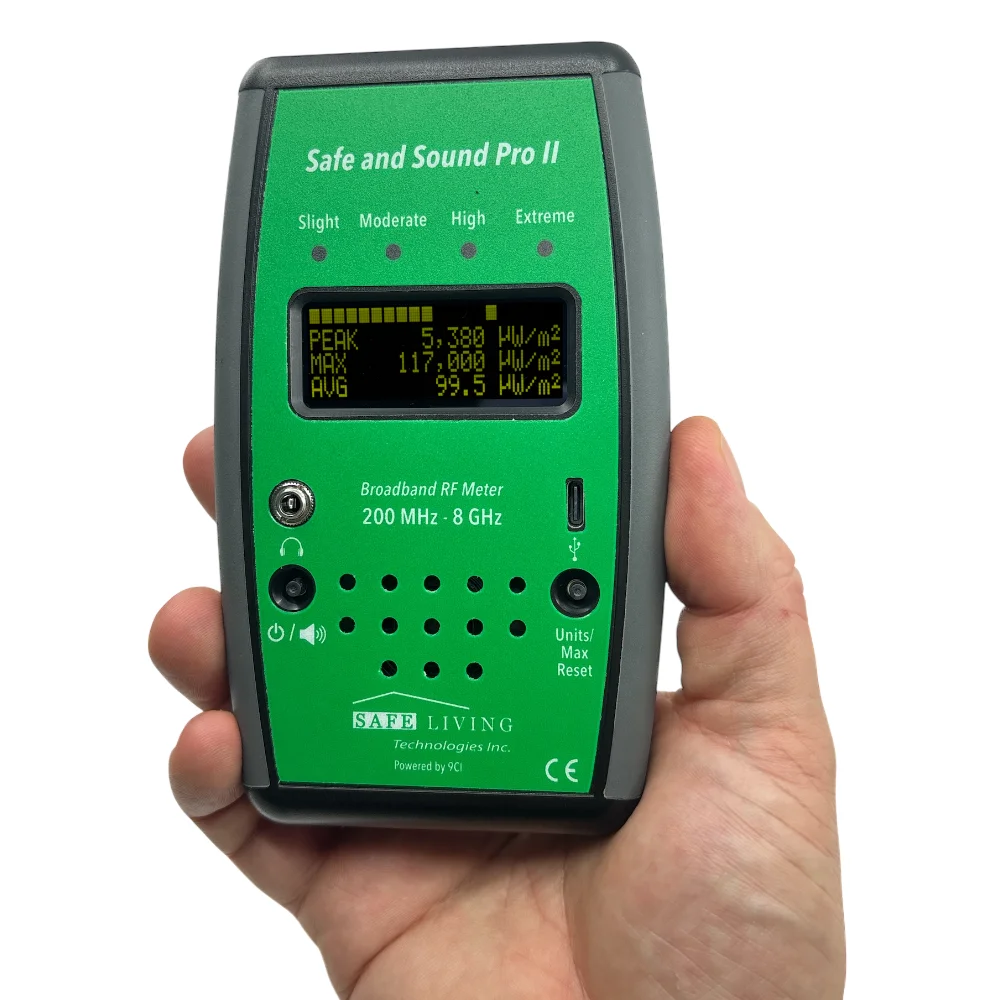
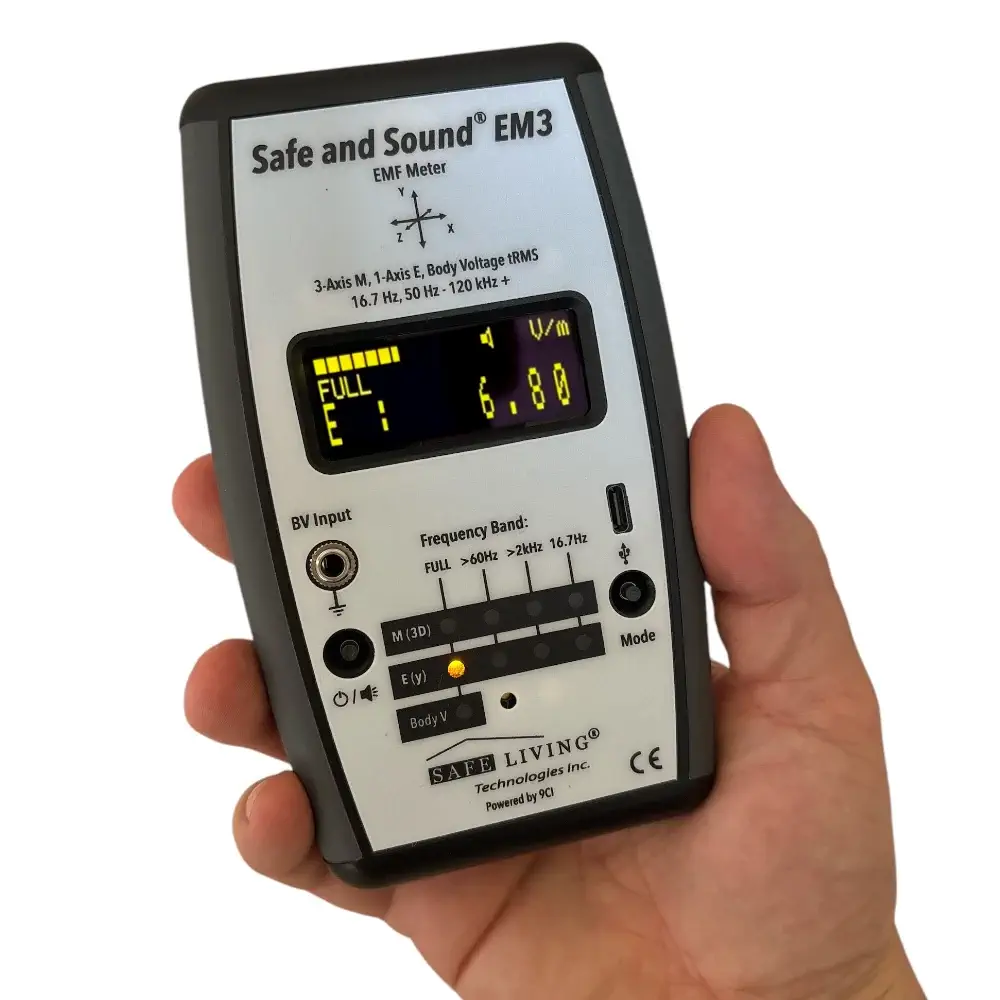



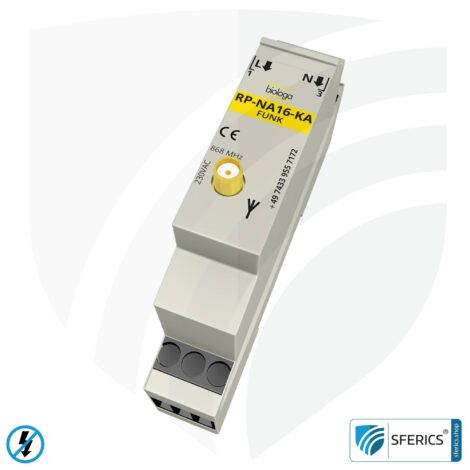
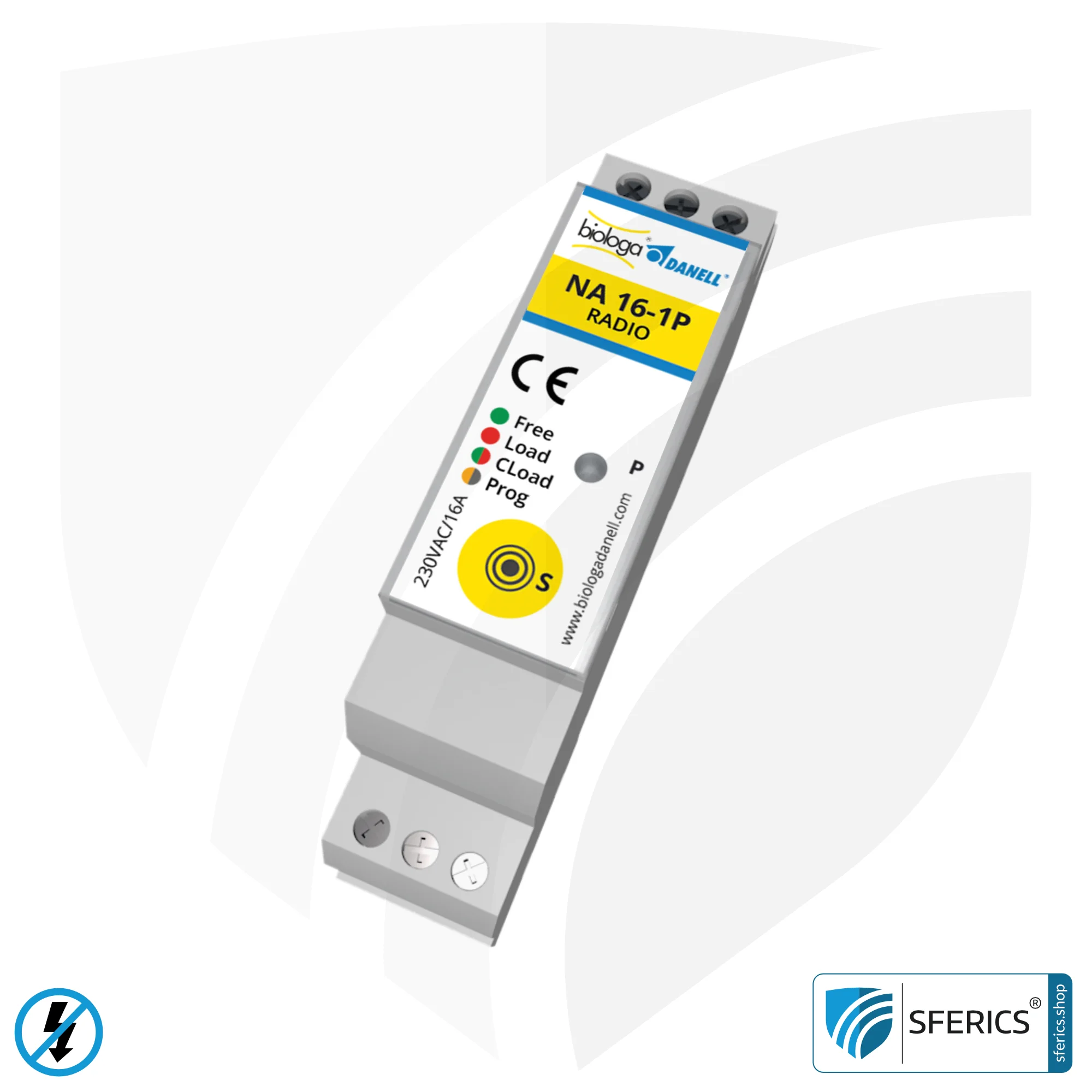
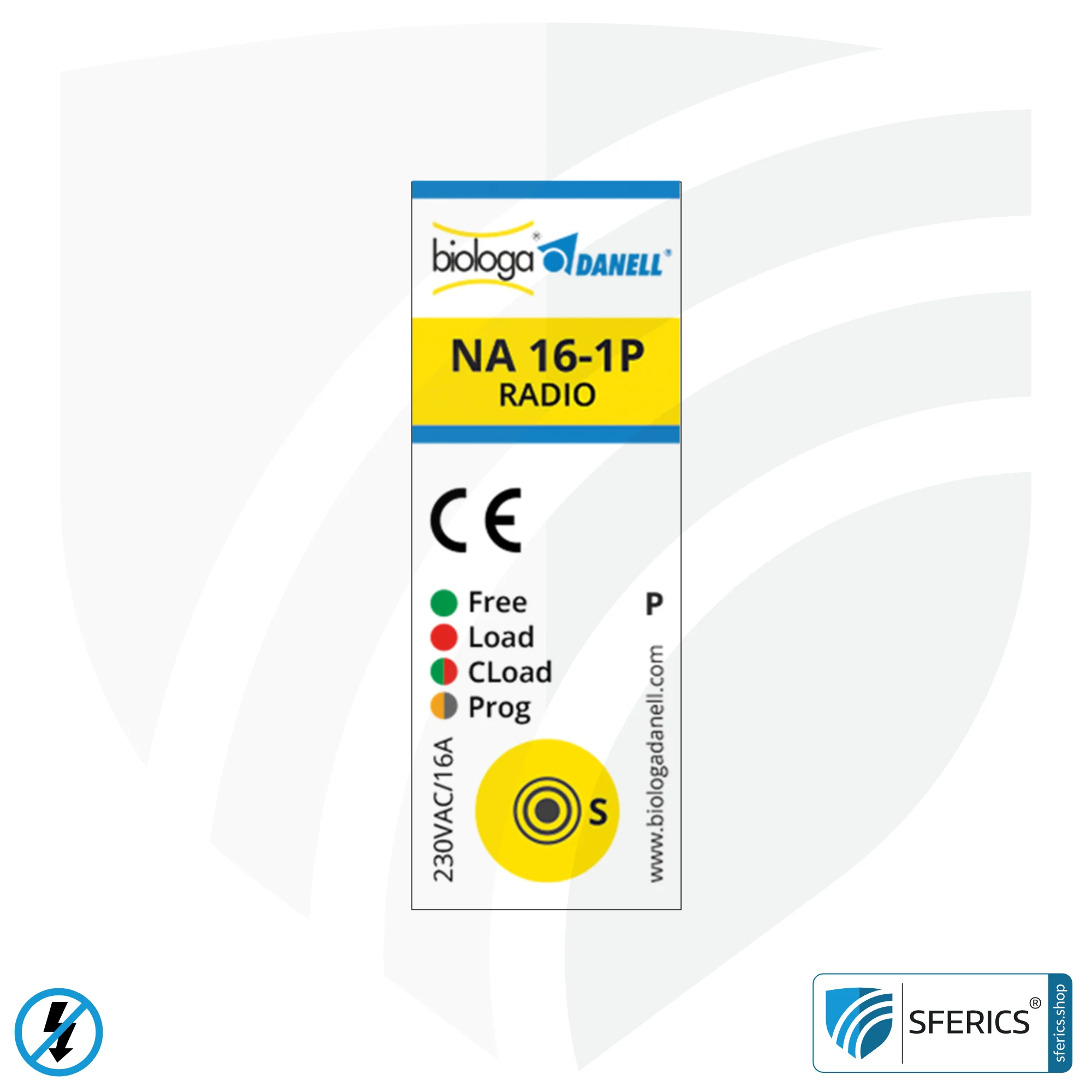
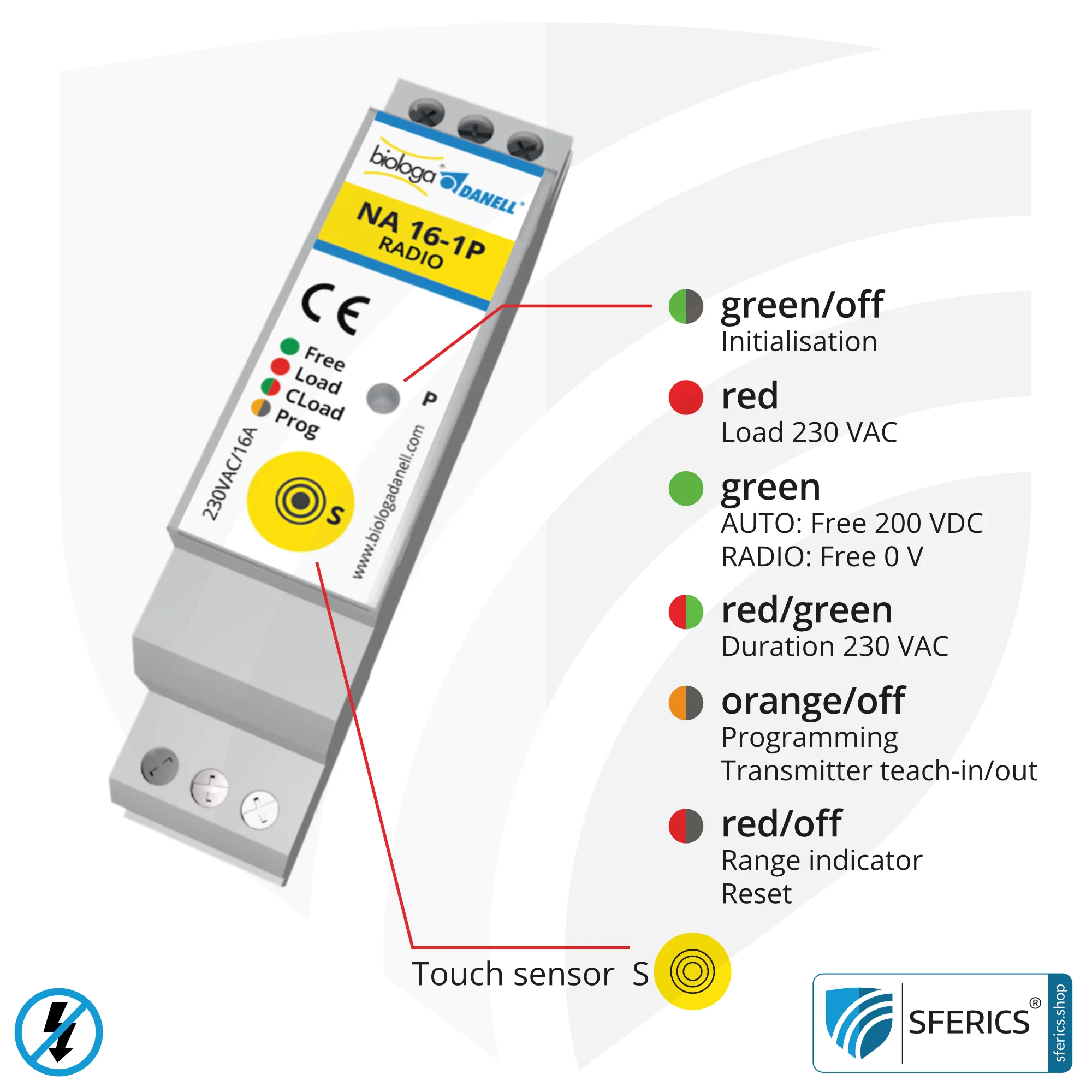

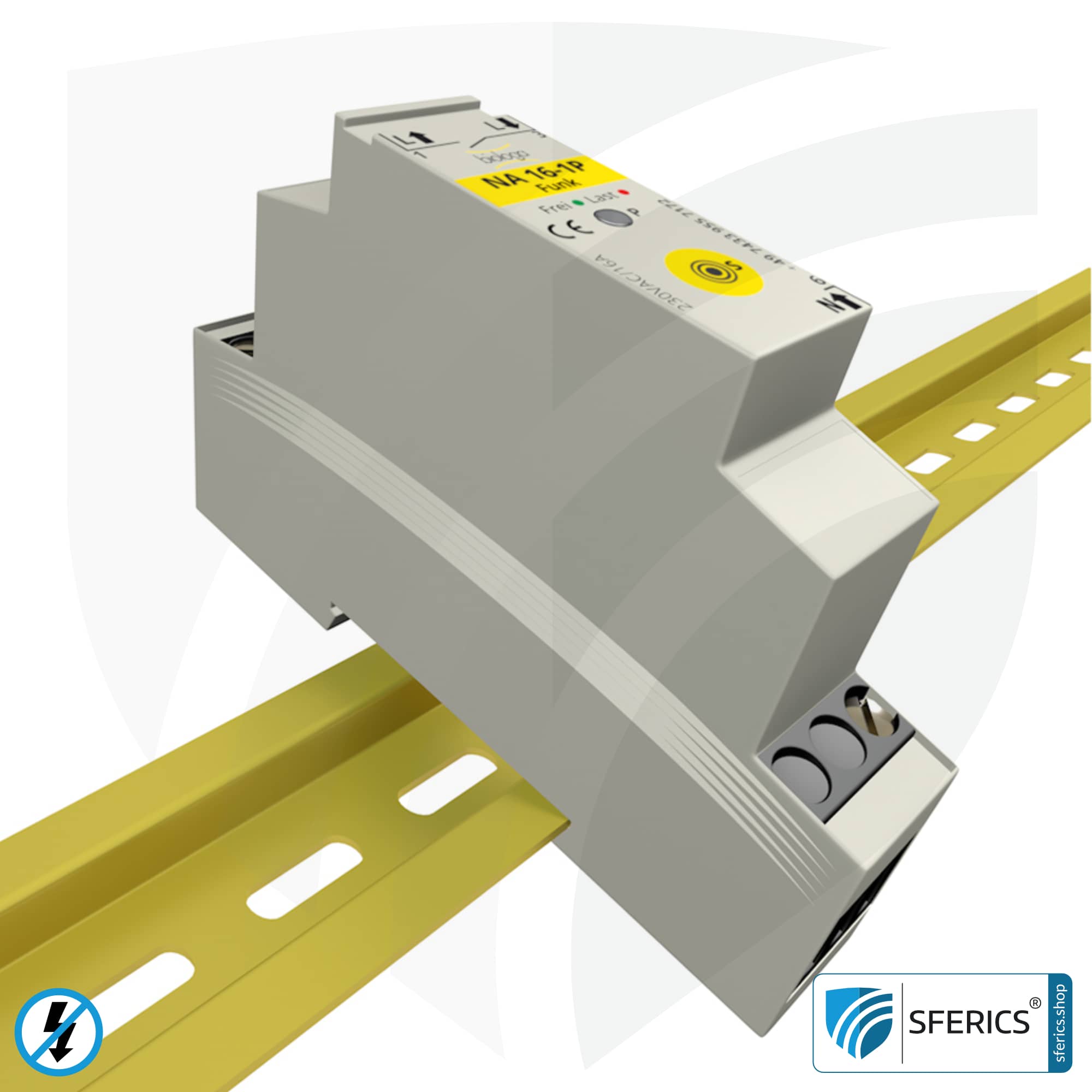
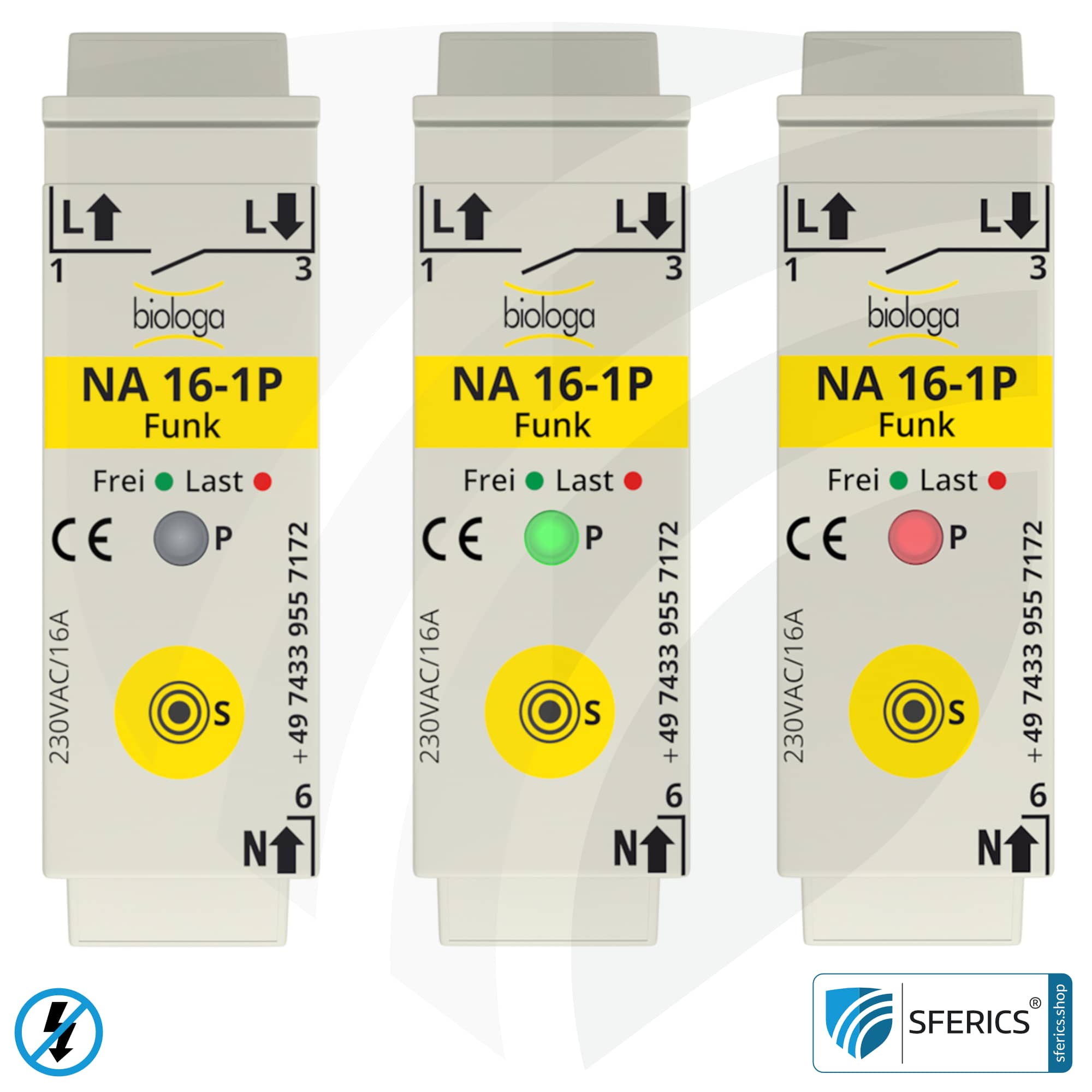
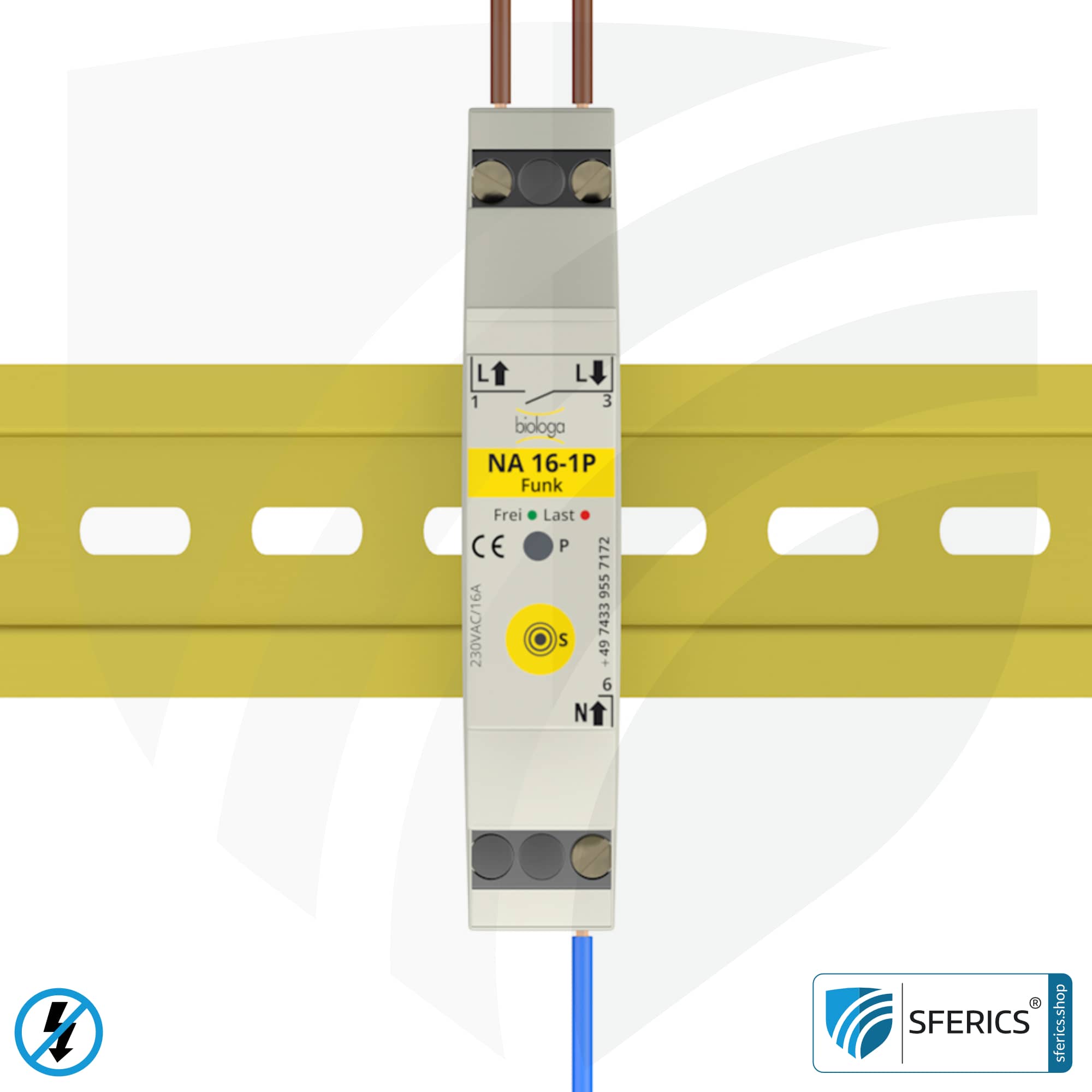
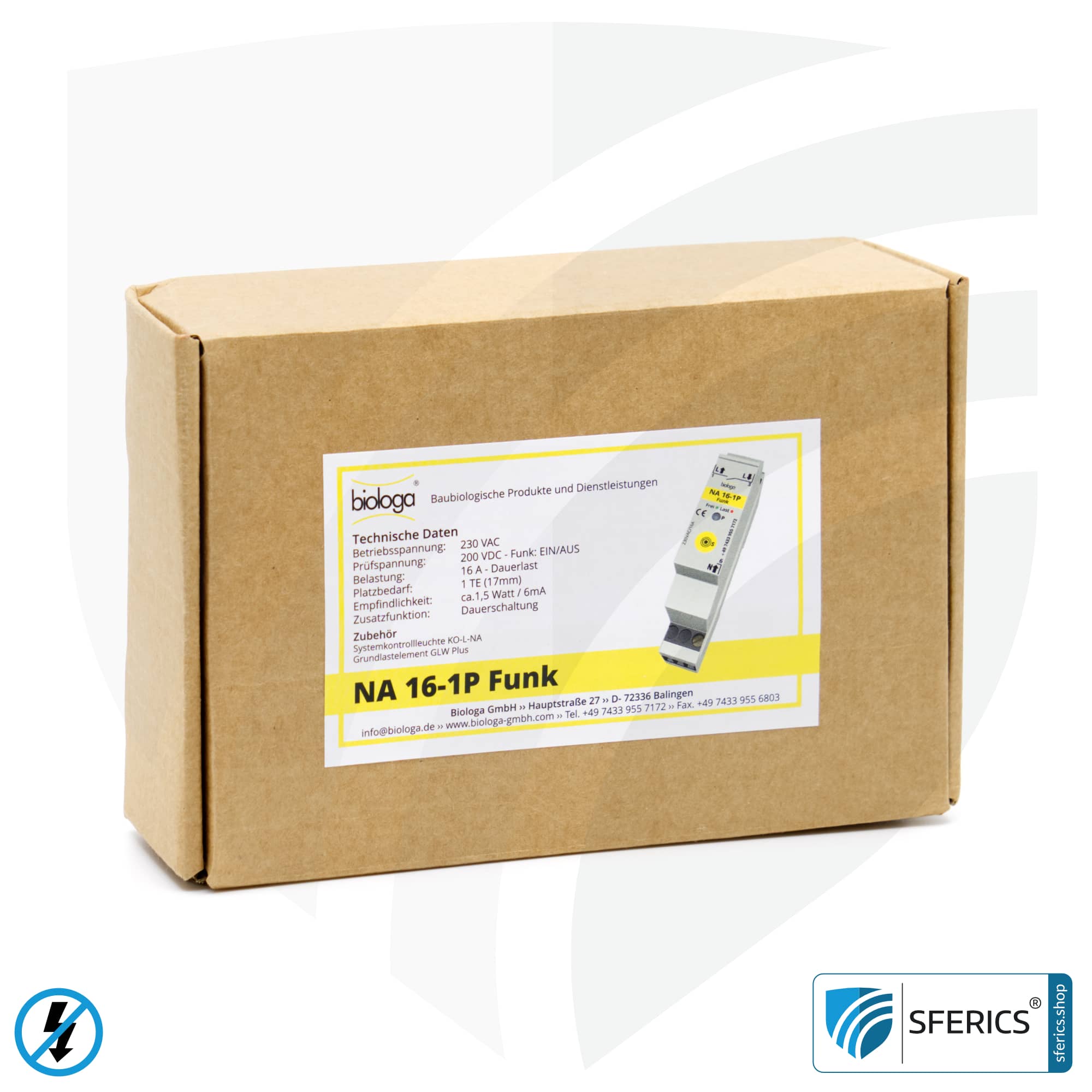
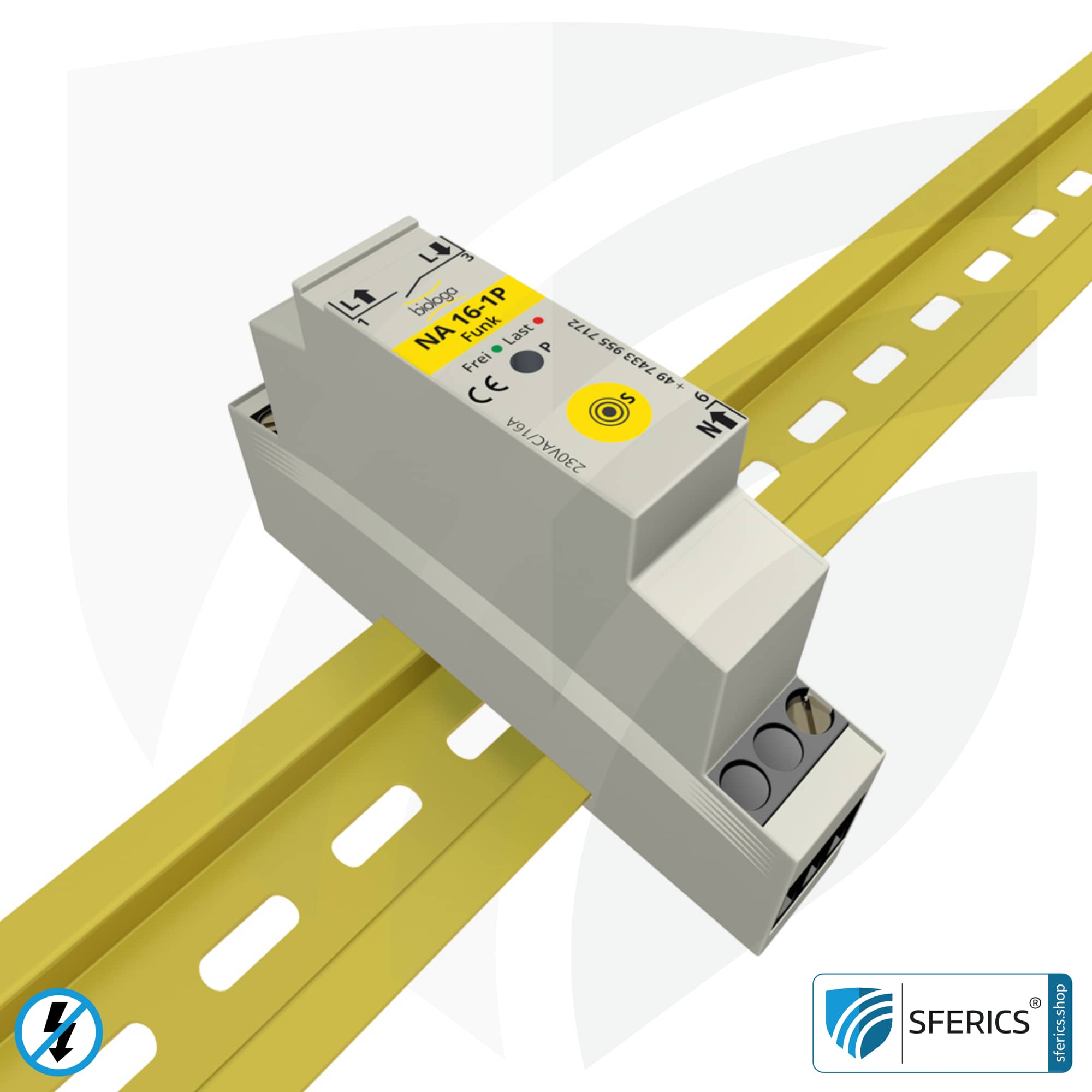
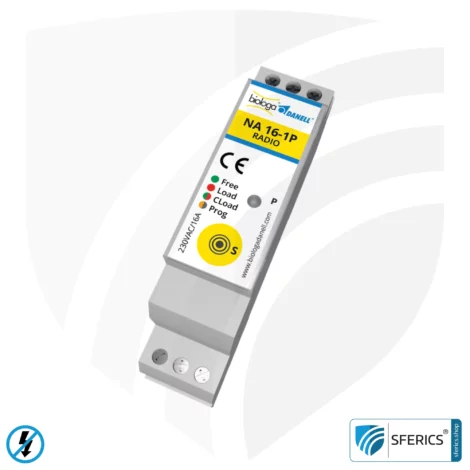
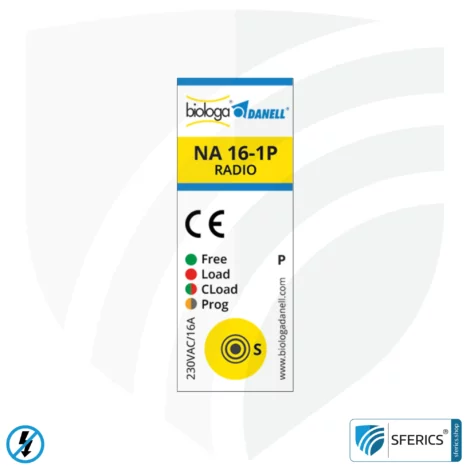
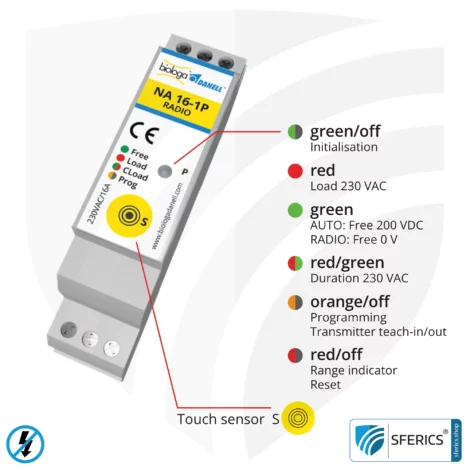

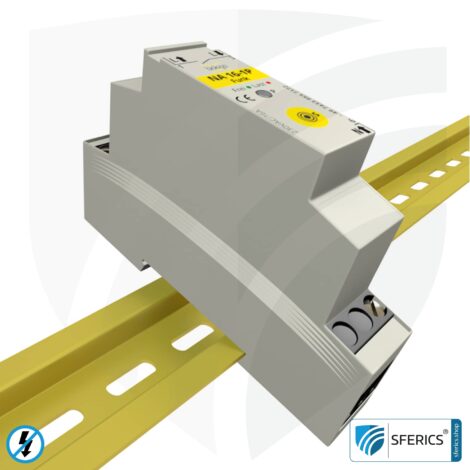
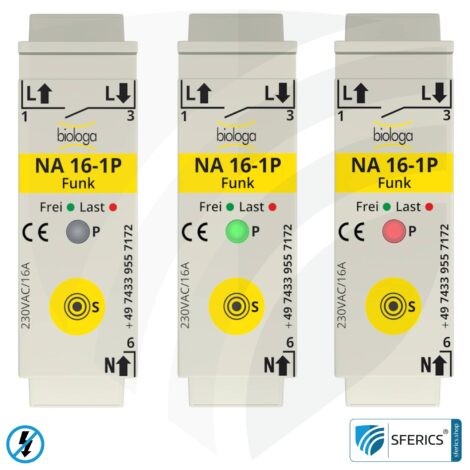
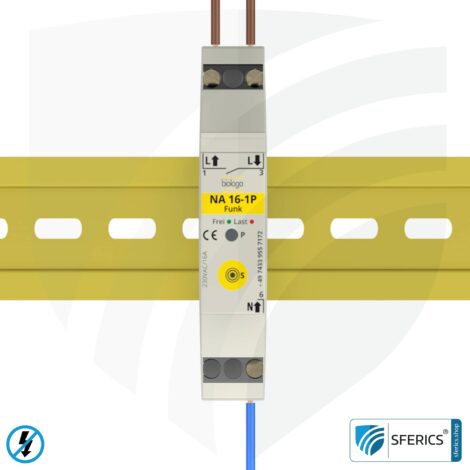
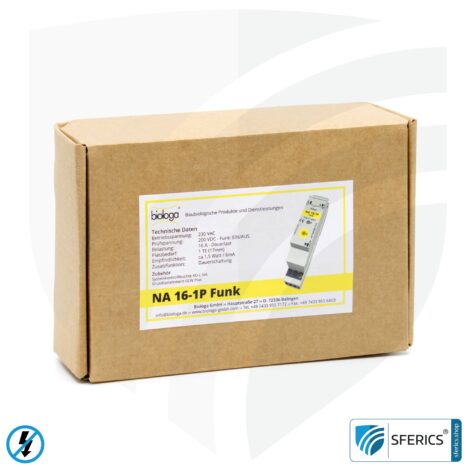
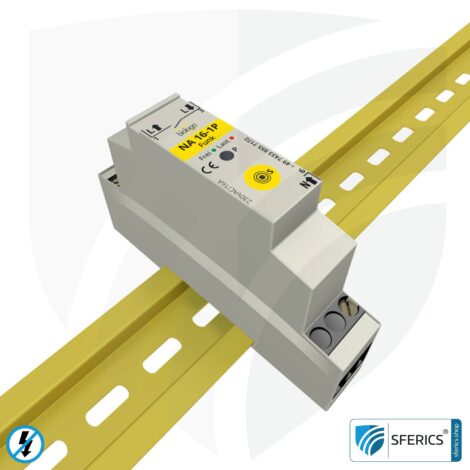
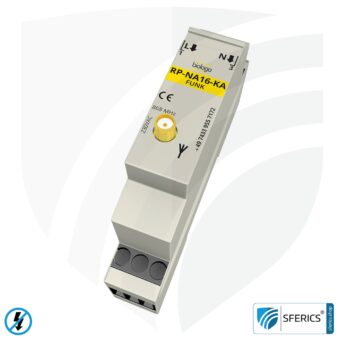
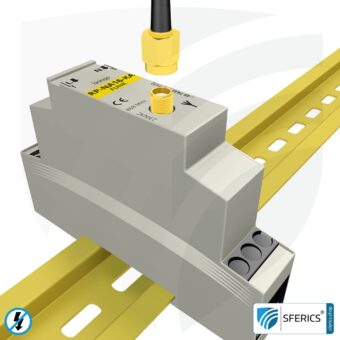


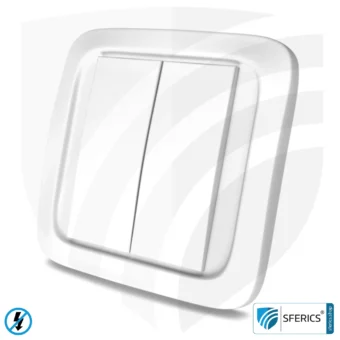

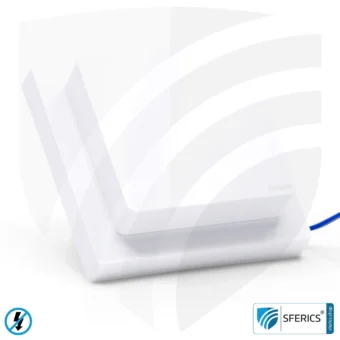
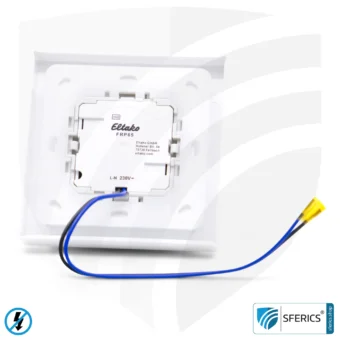

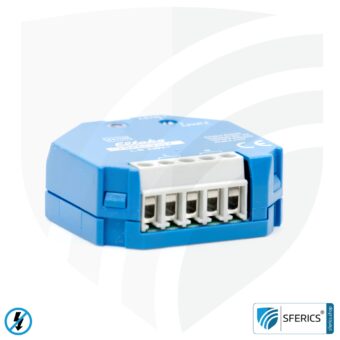

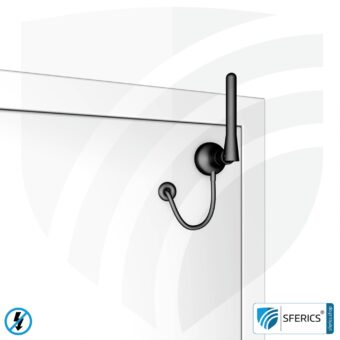
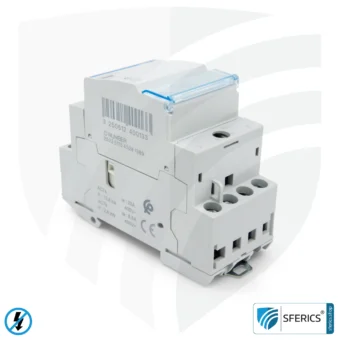
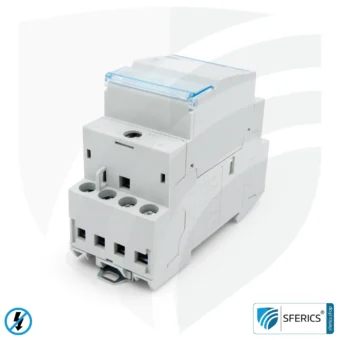
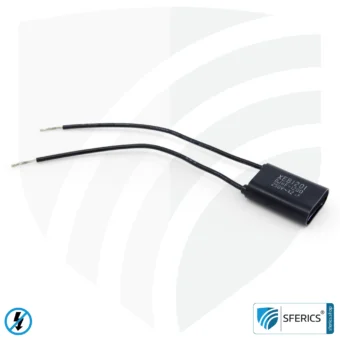
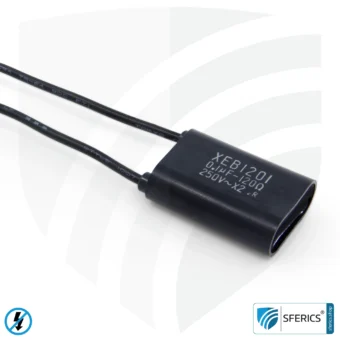
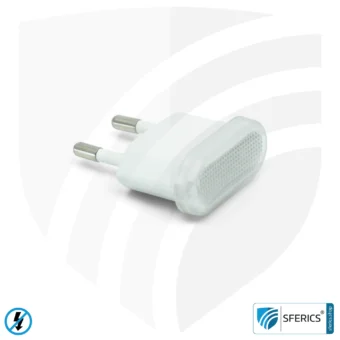

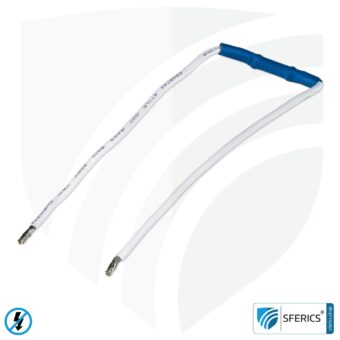
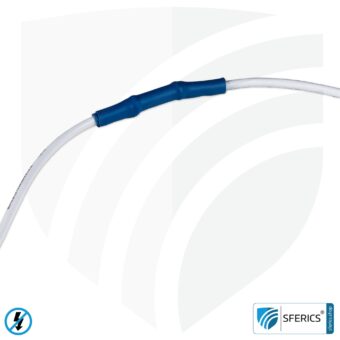
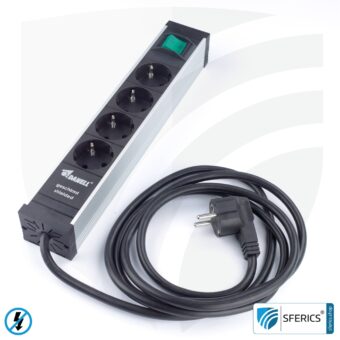
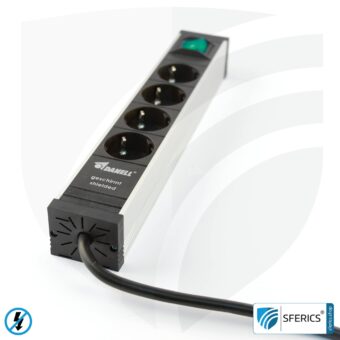
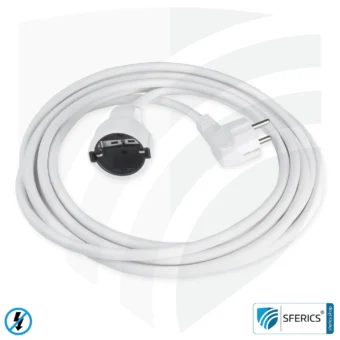
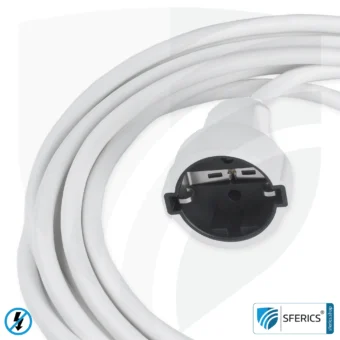
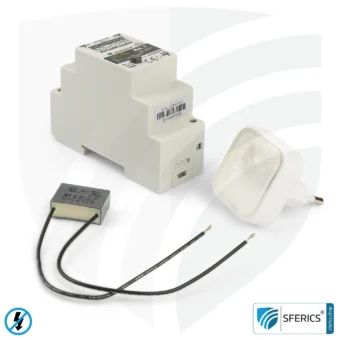
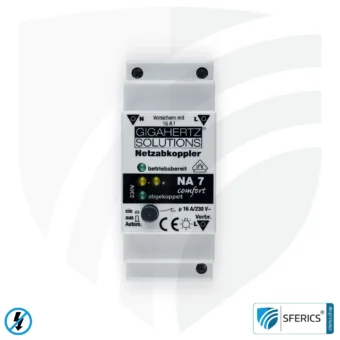
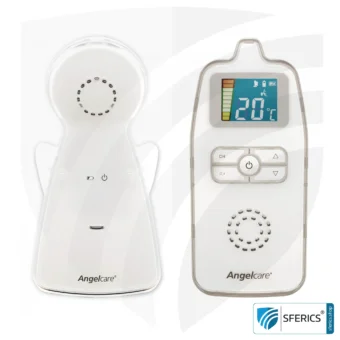
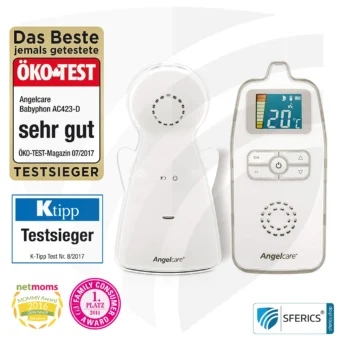
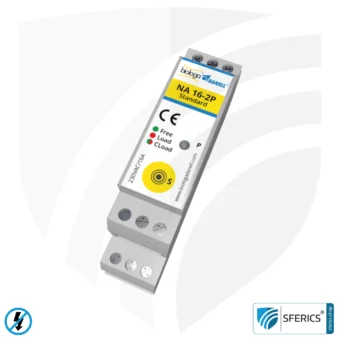
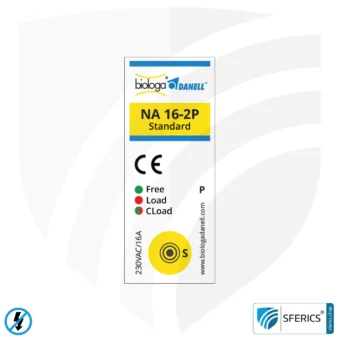



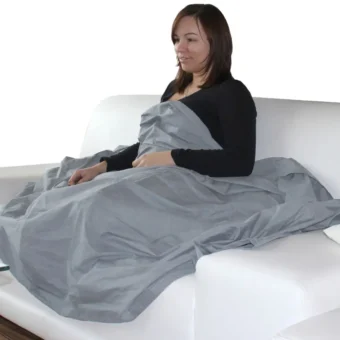
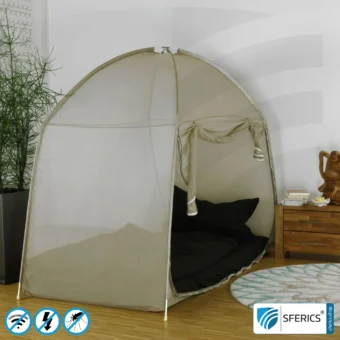
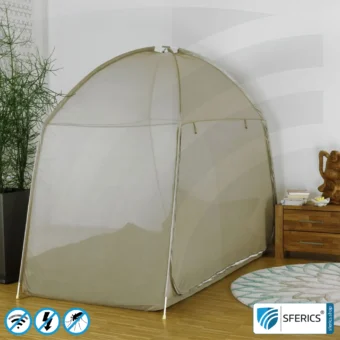
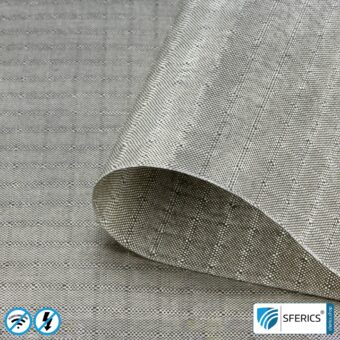
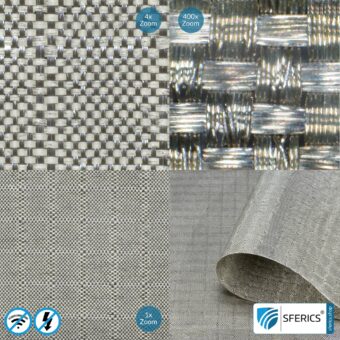
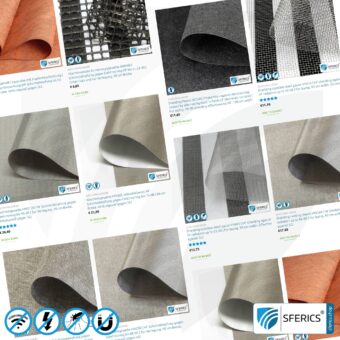
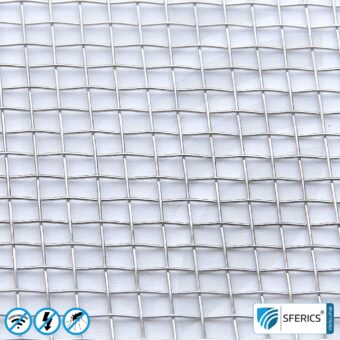
Reviews
There are no reviews yet